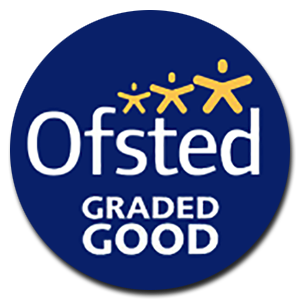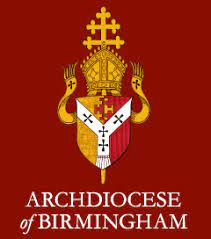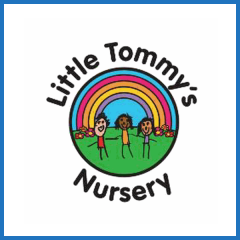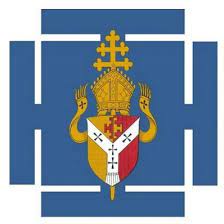Art
At St Thomas More Primary School, we teach a broad and balanced art curriculum, ensuring the progressive development of knowledge and skills. The purpose of studying art at St Thomas More Primary School follows the purpose outlined in the National Curriculum:
“Art, craft and design embody some of the highest forms of human creativity. A high-quality art and design education should engage, inspire and challenge pupils, equipping them with the knowledge and skills to experiment invent and create their own works of art, craft and design. As pupils progress, they should be able to think critically and develop a more rigorous understanding of art and design. They should also know how art and design shape our history, and contribute to the culture, creativity and wealth of our nation.” The National Curriculum, 2022.




